Ever since the ownership of the Philadelphia 76ers first announced their intention to build a downtown arena, people have drawn comparisons to the construction of the Capital One Arena in Washington D.C.
Though there are several parallels, the two situations aren’t quite the same.
In Washington, the downtown arena was partly financed with public funding and is firmly within the bounds of the city’s Chinatown. Developers behind the Philly proposal say they plan to skip public funding for their site, which is on Chinatown’s border.
Despite those differences, it can be instructive for Philadelphians considering the Sixers’ plan to understand the process behind how the Washington Wizards’ new home got built.
How do projects get started in D.C.?
Today, a developer who’s on the ball would first schedule a preliminary design review meeting with Washington’s Dept. of Buildings. If the project is intended to be close to the transit network, another meeting would be held with the Dept. of Transportation. These meetings would require drawings prepared for everything from fire protection to plumbing to architectural and structural designs. A traffic impact study is also a must, and meetings with D.C.’s water and health departments are also advised.
In 1993, things worked a bit differently. Back then, pro sports team owners could still come out and essentially demand government support for arena projects, touting promised economic benefits.
Washington’s NFL franchise was getting ready to relocate out of the city at the same time as Abe Pollin, owner of the city’s NBA and NHL teams, was aiming to move. So the district’s political and business leaders began courting Pollin to convince him to move downtown.
Officials initially offered him parcels that largely consisted of a vacant lot sited over a metrorail stop, along with a plan to put up $150 million to build an arena.
This was no small operation. D.C. City Council in 1994 created a new tax on business owners to help fund the arena effort, and was working on a financing plan that would add up to $9 million in annual debt service for at least 20 years.
All this took place before Pollin even submitted any designs.
Major projects draw in additional regulators
Whether being wooed by a municipality or not, major developers in D.C. typically need to meet with the National Capital Planning Commission, a body established by Congress to review and help guide development in the National Capital Region, which includes all of Washington.
The NCPC can have approval authority over the plan depending on where it is in the district, but for an arena-sized project the body has at least an advisory role.
In 1994, the head of the NCPC made clear that a downtown arena would require a change to the district’s urban renewal plan, requiring the approval of the commission and the City Council. Historic preservation concerns also had to be ironed out.
Daily meetings to hash things out
Project leaders would next seek any needed approvals from Washington’s Board of Zoning Adjustment. Like in Philly, this would necessitate a public hearing which neighbors of the property are invited to attend.
Given the exterior work a major project would entail, one of the next steps would be a stop at the Office of the Surveyor to certify a plat — a scaled drawing of the plan showing how a project utilizes different parcels of land. Plus, Washington requires all builders to submit a plan to see if the project requires an environmental impact screening.
By September 1995, Pollin’s team was meeting with regulatory bodies on “an almost daily schedule,” and one of the biggest pre-permit sticking points was working out how to close a street included in a historic district near the site.
D.C. officials now have methods of streamlining the process that didn’t exist in the 90s. All the relevant pre-construction documents are uploaded to an online portal, where various regulators can review the plans and grant the permit.
How did things shake out in D.C.?
Washington’s fiscal crisis in 1994 meant the city couldn’t pay for the whole arena, but Pollin was committed to the downtown location. Determined to still get some support, he negotiated a deal where the city would cover pre-development costs, including:
- The relocation of utilities
- Shoring up the plan with environmental consultants
- Using eminent domain to buy and then demolish extant properties
- Connecting the rail site to the arena
This all still cost the city $61.5 million, for which they did levy a temporary tax on business owners to afford. Entrepreneurs in Chinatown were reported to be excited about the plan but made worries about parking for their customers clear early on.
“I think that we can work with [Mayor Marion] Barry and try to smooth this out,” said the chairman of the Chinatown Steering Committee in 1995.
Ten years after expressing faith in the process, the last full-service Chinese grocery in the neighborhood closed for good. A manager of one of the few businesses that have survived was still citing reduced parking as an issue with operations as late as 2017.
While the demographics of the area were already shifting pre-arena, it’s a consensus view that swiftly rising rents accelerated the sharp reduction of the neighborhood’s Chinese American population. Fewer than 400 Chinese Americans live there today, as the bulk of the neighborhood’s former residential and commercial tenants have been priced out.
So what’s needed in Philadelphia?
The development process for major projects in Philadelphia is a similarly winding road through regulatory checkpoints, one that starts with a bevy of reviews on initial project plans. The Water Department, Streets Department, City Planning Commission, Licenses and Inspections, and more will all necessarily be involved in pre-development talks.
There are other municipal and non-governmental bodies like the Philadelphia Industrial Development Corporation or the Office of Economic Opportunity that developers of a gravity-shifting project like an arena would consult early on, as 76 DevCo, the team’s development arm, has done.
After a series of pre-zoning reviews, seeking zoning approval is usually the next step. Arena projects, though, are not normal, hence District 1 Councilmember Mark Squilla’s request that the City Planning Commission start a Community Design Review — even as the Sixers have pushed back their plans to see zoning approvals move through Council.
There are still a raft of pre-construction permits needed once zoning is straightened out, meaning more meetings with the City Planning Commission and the water, streets, and health departments, in particular.
Presuming that these hurdles, along with reviews by both the historical and arts commissions, are cleared, building can commence. The team at 76 DevCo plans to start construction in 2026, four years after announcing the project, to offer some idea of how lengthy this preliminary process can be for a major project.
Like in Washington, a litany of inspections commence during and following construction, and receiving a Certificate of Occupancy is still essentially crossing the finish line in the development process.
Different eras, different scenarios
So much about Abe Pollin’s deals with the District of Columbia seem dated: Though taxpayers still end up on the hook for major sports facilities, support for public dollars going to sports infrastructure has steadily gone down, leading to more ventures that tout their private financing, like the Sixers’ effort.
In the 90s, Pollin’s only public commitment was to ensure at least 51% of the arena’s construction workforce were locals — something the developers struggled, eventually, to accomplish.
Meanwhile the Sixers constantly speak of a $50 million community benefits agreement (CBA) they want to craft with adjoining neighborhoods primarily and with city residents at large. Local unions are already engaging heavily with 76 DevCo, and surely angling for more than 51% of the 9,000 construction and 1,000 permanent jobs that developers are assuring this project will create.
CBA or not — and even with the Sixers’ plan to build 79 affordable housing units next to the arena in mind — raised rents could still be a concern for commercial and residential tenants in Philly’s Chinatown and other nearby areas.
Billy Penn is one of more than 25 news organizations powering the Philadelphia Journalism Collaborative. We do solutions reporting on things that affect daily life in our city where the problem and symptoms are obvious, but what’s driving them isn’t. Follow us at @PHLJournoCollab.

Jordan Levy is a general assignment reporter at Billy Penn, always aiming to help Philadelphians share their stories. Formerly, he has worked at Document Journal, n+1 Magazine, and The New Republic. He also has a background in audio engineering and music production.

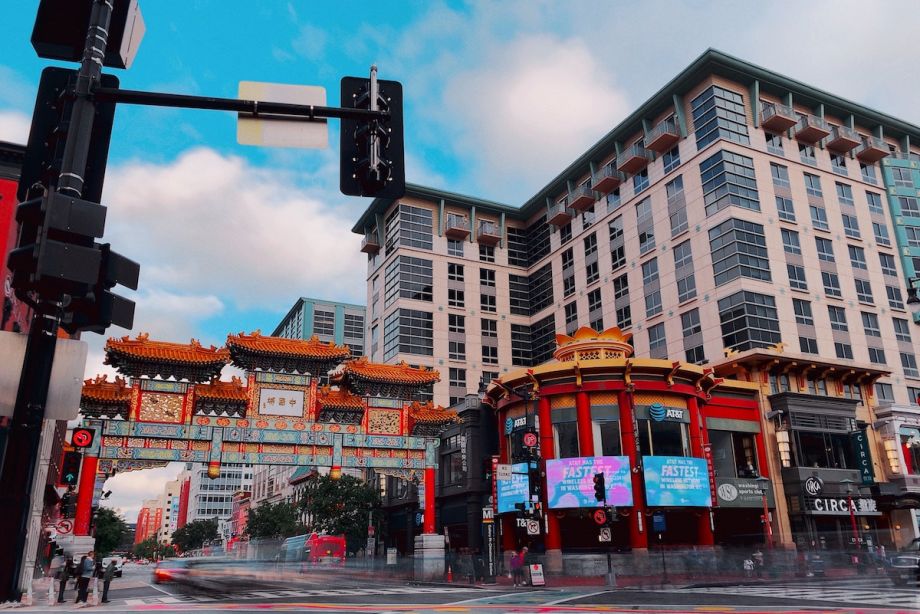
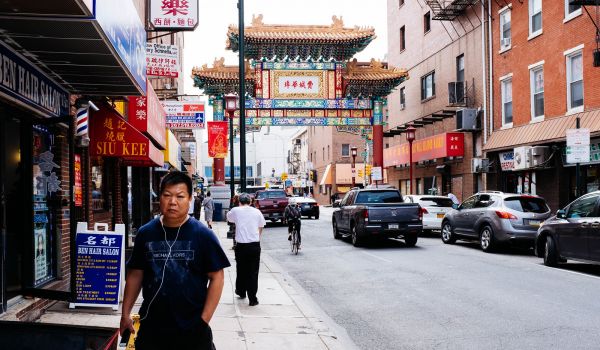

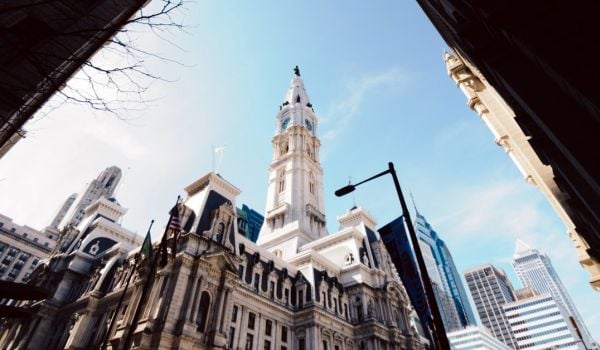
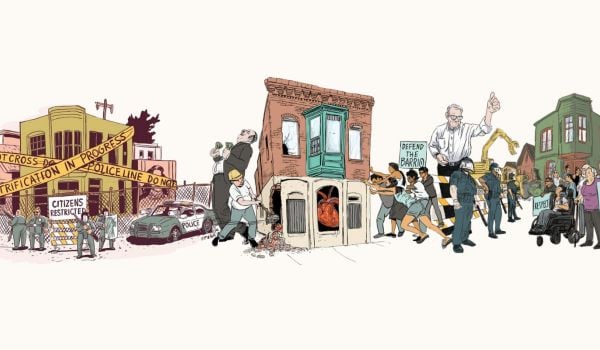
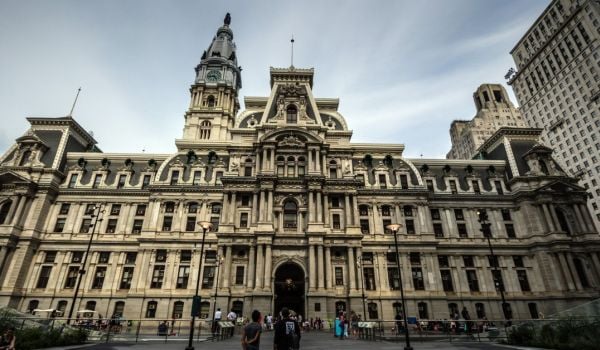
_600_350_80_s_c1.jpg)








